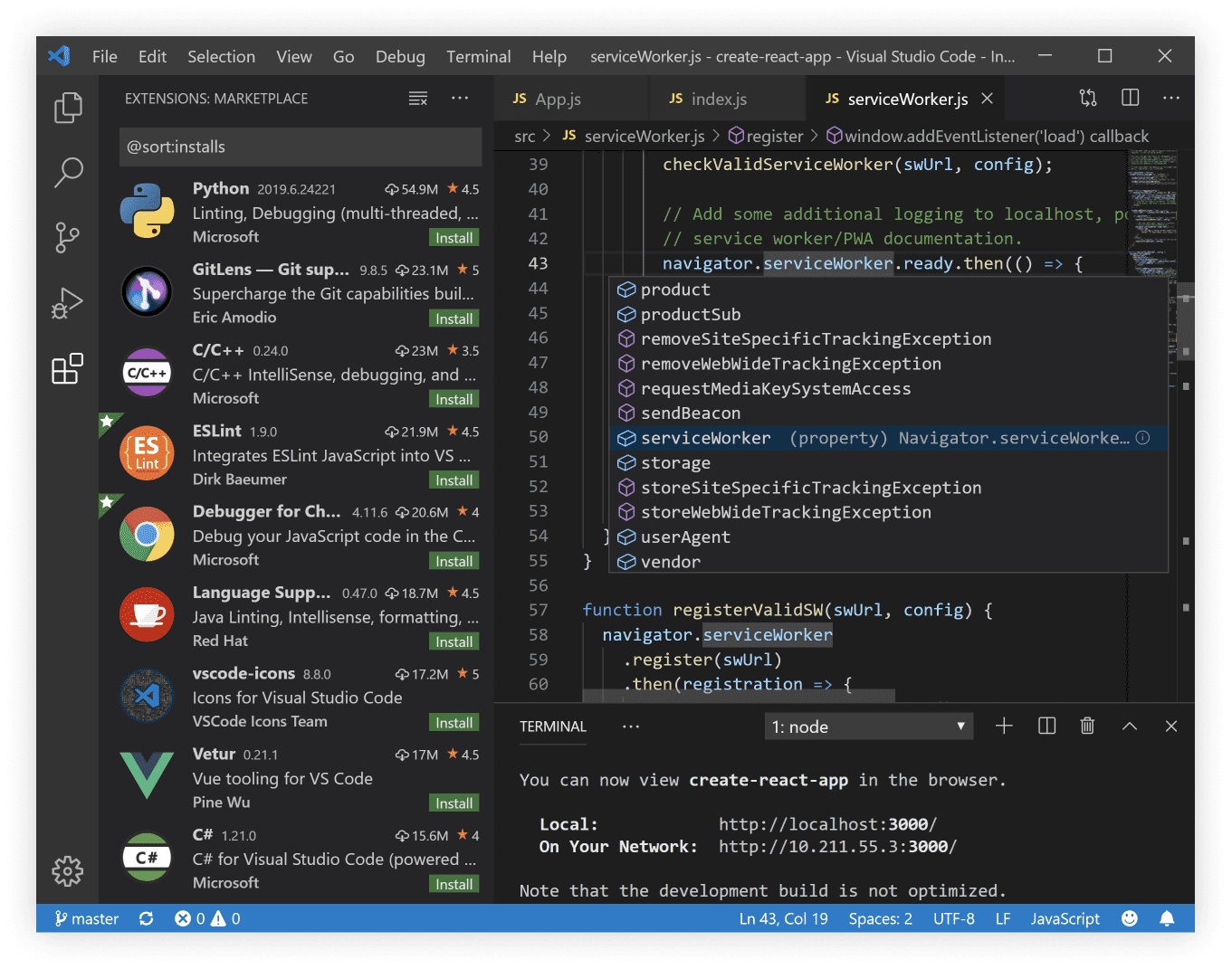

- Visual studio 2017 remote debugger rpi how to#
- Visual studio 2017 remote debugger rpi install#
- Visual studio 2017 remote debugger rpi update#
- Visual studio 2017 remote debugger rpi upgrade#

Visual studio 2017 remote debugger rpi upgrade#
Upgrade Cloud Explorer to latest version by downloading and installing Cloud Explorer for Visual Studio 2017.Make sure your Azure IoT EdgeHub Dev Tool version is at least 0.8.0.
Visual studio 2017 remote debugger rpi install#
Install Python (2.7/3.6) and Pip and then install the iotedgehubdev package by running the following command in your terminal.
Visual studio 2017 remote debugger rpi update#
Visual Studio 2017 with update 7 or later, including workloads “.NET desktop development” and “Azure development workload” you should include “Windows desktop development with C++” as well if you plan to develop C modules.Manage Docker as a non-root user on your Raspberry Pi, so that you don’t need to preface the docker command with sudo.Enable remote API for dockerdon Raspberry Pi:.Setup your Raspberry Pi as an IoT Edge device – Follow the instructions to install Azure IoT Edge runtime on Linux(arm32v7/armhf).Install Raspbian on your Raspberry Pi by following this tutorial.Use Visual Studio 2017 to develop and debug modules for Azure IoT Edge (Preview)Įasily Develop and Debug Azure IoT Edge C Modules with Azure IoT Edge Tools Prerequisites Setup your Raspberry Pi
Visual studio 2017 remote debugger rpi how to#
Next, we’ll walk you through how to use Visual Studio 2017 to create, build, debug and deploy IoT Edge solutions for your Raspberry Pi as an IoT Edge device. Please refer the following tutorial links if you want to run IoT Edge on Linux amd64 or Windows amd64: In the latest release, we’ve added the support for new platform arm32v7.



 0 kommentar(er)
0 kommentar(er)
